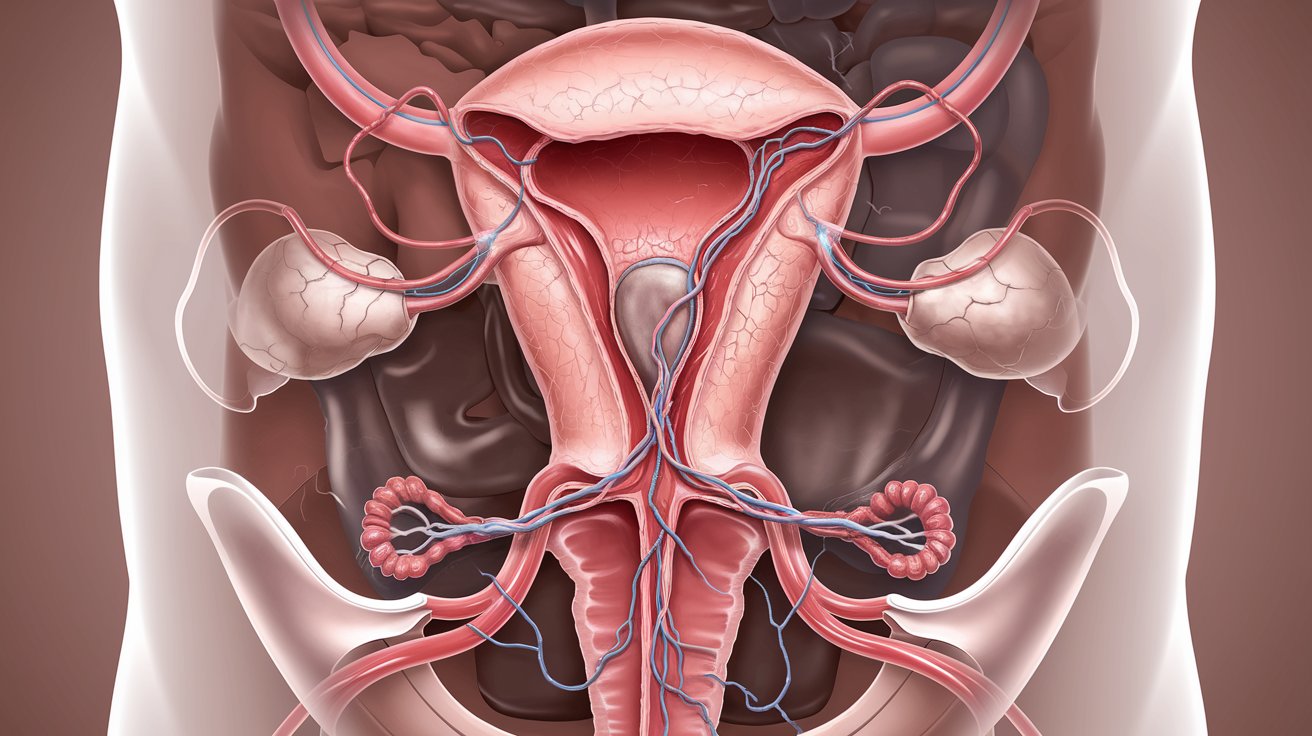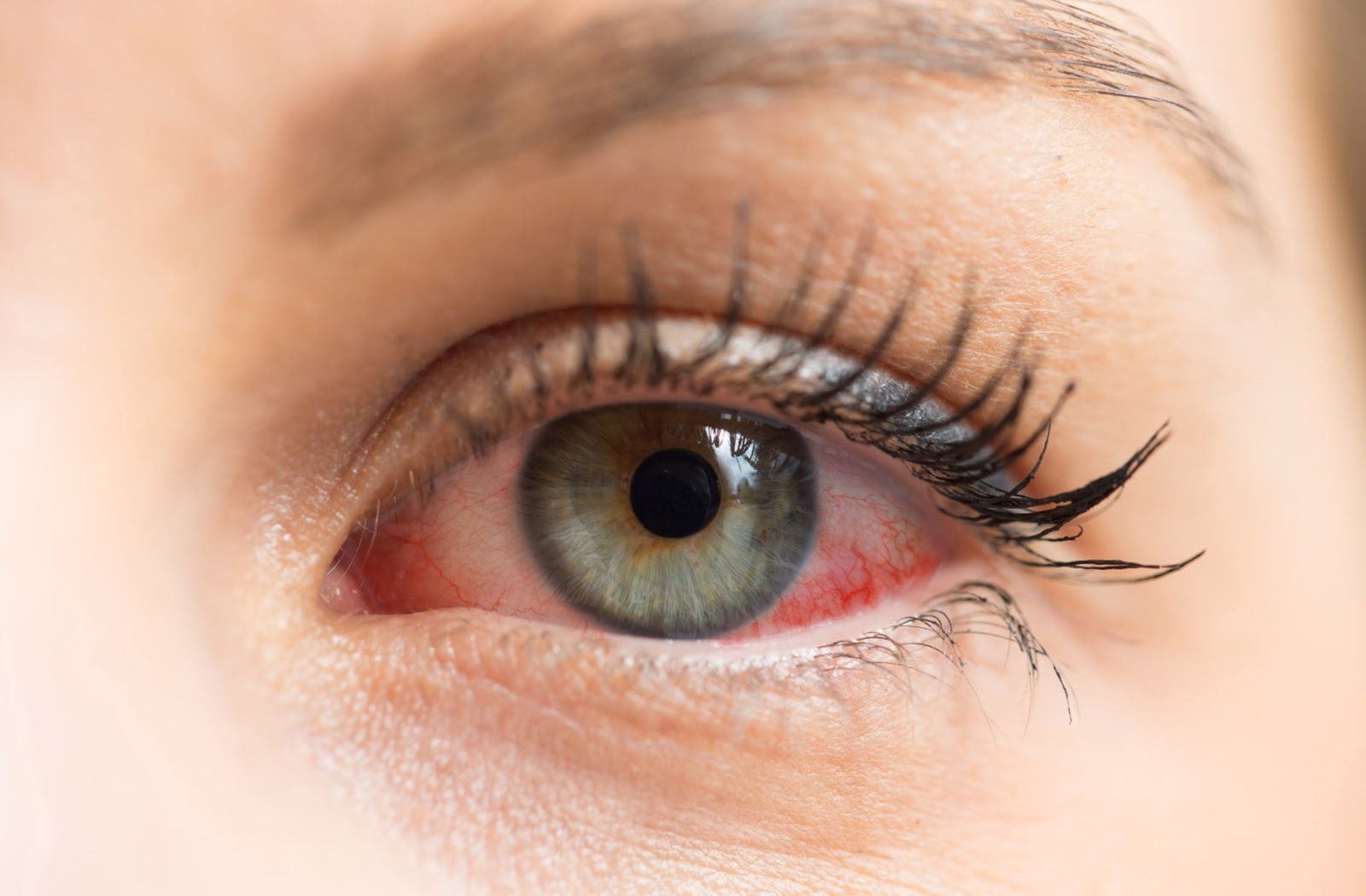
What is Ovarian Vein Syndrome? Ovarian Vein Syndrome (OVS) is a rare condition where the ovarian vein dilates and compresses the ureter, causing chronic or colicky abdominal, back, and pelvic pain. Often under-diagnosed, its symptoms can mimic other conditions, making it tricky to identify. The right ovarian vein is usually involved, though both sides can be affected. Pregnancy can exacerbate OVS due to increased blood flow and pressure on the veins. Diagnosis often requires imaging studies like CT scans, MRIs, or ultrasounds. Treatment typically involves embolization, a minimally invasive procedure that blocks the affected vein, providing significant symptom relief.
Key Takeaways:
- Ovarian vein syndrome causes abdominal and pelvic pain, often worsened by lying down or hormonal changes. It's rare and tricky to diagnose due to its similarity to other conditions.
- Pregnancy and hormonal changes can worsen ovarian vein syndrome, leading to increased pain and discomfort. Accurate diagnosis and embolization treatment can provide relief.
Understanding Ovarian Vein Syndrome
Ovarian vein syndrome is a condition that affects the ovarian veins, leading to various symptoms. It can be tricky to diagnose because its symptoms often resemble those of other conditions. Here are 35 key facts to help you understand this condition better.
-
Definition: Ovarian vein syndrome occurs when the dilation of the ovarian vein compresses the ureter, causing chronic or colicky abdominal pain, back pain, and pelvic pain.
-
Prevalence: The exact prevalence is unclear, but it is considered rare and often under-diagnosed.
-
Symptoms: Common symptoms include chronic or colicky abdominal pain, back pain, and pelvic pain, which can worsen when lying down or between ovulation and menstruation.
-
Mechanism: The ovarian vein crosses over the ureter at the fourth or fifth lumbar vertebra, potentially causing obstruction.
-
Anatomical Variations: The right ovarian vein is most commonly involved, although both sides can be affected.
-
Hormonal Influence: Pregnancy significantly increases the risk due to the increased volume of circulation.
The Impact of Pregnancy and Hormonal Changes
Pregnancy and hormonal changes play a significant role in the development and exacerbation of ovarian vein syndrome.
-
Pregnancy and Ovarian Vein Syndrome: Increased blood flow during pregnancy can exacerbate symptoms due to pressure from the baby.
-
Obstruction Mechanisms: Incompetent valves, venous thrombosis, and local inflammation can lead to obstruction.
-
Clinical Presentation: Symptoms often mimic other conditions, making diagnosis challenging.
-
Diagnostic Challenges: Due to its rarity and nonspecific symptoms, it often remains a diagnosis of exclusion.
-
Imaging Studies: CT, MRI, ultrasound with Doppler imaging, and intravenous urography support the diagnosis.
-
Ultrasound Examination: Requires an experienced ultrasonographer and is not always readily available.
Diagnostic Approaches and Imaging
Accurate diagnosis of ovarian vein syndrome involves various imaging techniques and a thorough understanding of the condition's presentation.
-
Diagnostic Considerations: A wide range of pelvic and abdominal pathology can cause similar symptoms, necessitating careful diagnosis.
-
Treatment Approaches: Typically involves embolization of the affected ovarian vein to relieve compression.
-
Embolization Procedure: A catheter is inserted into the affected vein, and a material like coils or sclerosing agents is used to block it.
-
Efficacy of Embolization: High efficacy rate with significant symptom relief reported in most patients.
-
Complications of Embolization: Potential complications include infection, bleeding, and damage to surrounding tissues, though these are rare.
-
Symptom Relief: Embolization effectively reduces pain by eliminating venous engorgement and obstruction.
Hormonal and Anatomical Factors
Both hormonal and anatomical factors contribute to the development of ovarian vein syndrome.
-
Hormonal Component: Mainly affects premenopausal women, suggesting a hormonal influence.
-
Anatomic Component: The absence or incompetence of valves in the ovarian veins is a significant factor.
-
Reflux Patterns: The left ovarian vein drains into the left renal vein, contributing to higher incidence of reflux on the left side.
-
Varicose Veins: Can present with superficial varicose veins as the only symptom or in combination with pain.
-
Dyspareunia: Symptoms can include dyspareunia or a post-coital ache due to increased venous pressure.
-
Chronic Pelvic Pain: An important cause of chronic pelvic pain in female patients.
Chronic Pelvic Pain and Related Conditions
Chronic pelvic pain is a significant issue for many women, and ovarian vein syndrome is a notable cause.
-
Incidence of Chronic Pelvic Pain: Almost 40% of women experience chronic pelvic pain during their lifetime.
-
Diagnostic Laparoscopies: 35% of all diagnostic laparoscopies are performed due to chronic pelvic pain.
-
Hysterectomies: 15% of all hysterectomies are performed due to chronic pelvic pain.
-
Nutcracker Syndrome: A related diagnosis where the left renal vein is compressed, leading to various venous disorders.
-
Collateral Flow: In nutcracker syndrome, collateral flow paths open up to drain the left kidney, leading to venous disorders.
-
Clinical Sequelae: Most patients with nutcracker syndrome are female and have been pregnant, often multiple times.
Genetic and Local Factors
Genetic predisposition and local factors also play a role in the development of ovarian vein syndrome.
-
Genetic Predisposition: May result from a combination of genetic factors, anatomical abnormalities, and hormonal influences.
-
Hormonal Factors: Hormonal changes during pregnancy can exacerbate symptoms.
-
Venous Thrombosis: Ovarian vein dilatation might follow venous thrombosis, worsening symptoms.
-
Local Inflammation: Local inflammation can lead to fibrosis around the ureter and ovarian vein, causing obstruction.
-
Diagnostic Approach: Supported by imaging studies and a holistic approach considering both clinical presentation and imaging findings.
Understanding Ovarian Vein Syndrome
Ovarian vein syndrome is a tricky condition that often flies under the radar. It involves the dilation of the ovarian vein, which can compress the ureter and cause a range of symptoms like chronic abdominal pain, back pain, and pelvic pain. This condition is more common in premenopausal women and can be exacerbated by pregnancy due to increased blood flow and pressure. Diagnosis is challenging because its symptoms mimic other conditions, but imaging studies like CT scans, MRIs, and ultrasounds can help. Treatment usually involves a minimally invasive procedure called embolization, which effectively relieves symptoms by blocking the affected vein. While complications are rare, they can include infection and bleeding. Understanding the hormonal and anatomical factors at play is crucial for proper diagnosis and treatment. With the right approach, patients can find significant relief from this often-overlooked condition.
Frequently Asked Questions
Was this page helpful?
Our commitment to delivering trustworthy and engaging content is at the heart of what we do. Each fact on our site is contributed by real users like you, bringing a wealth of diverse insights and information. To ensure the highest standards of accuracy and reliability, our dedicated editors meticulously review each submission. This process guarantees that the facts we share are not only fascinating but also credible. Trust in our commitment to quality and authenticity as you explore and learn with us.


